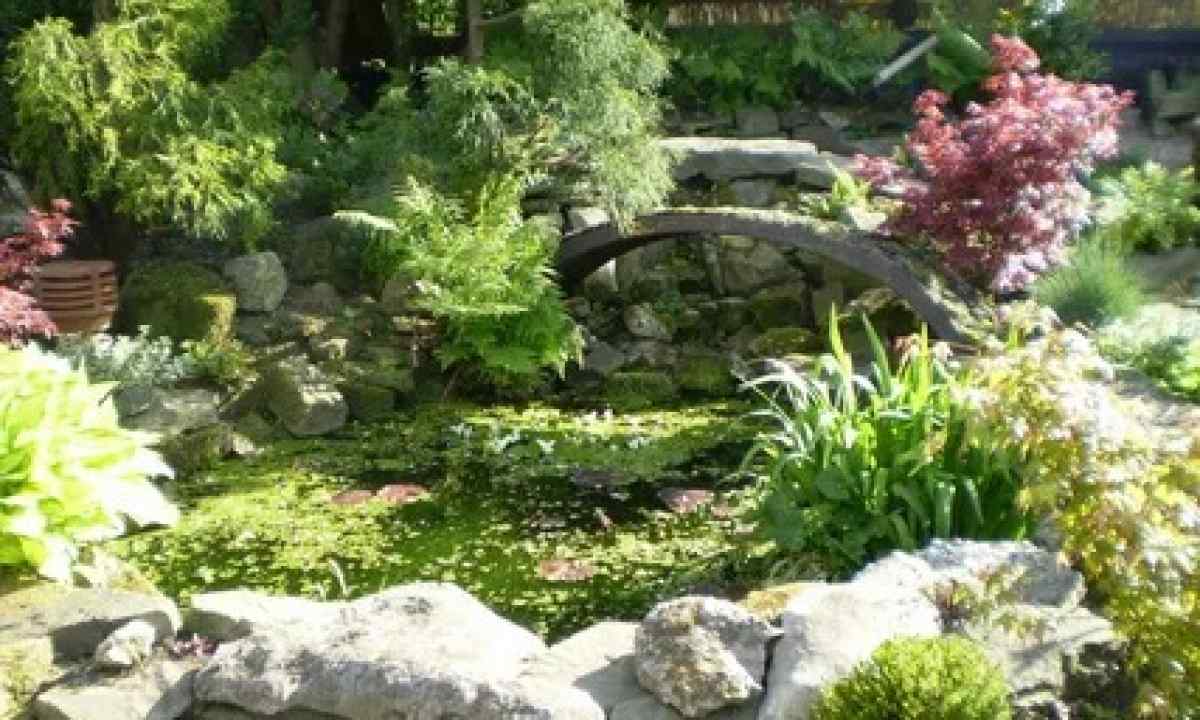History of the peculiar flower beds called rock gardens contains several thousands of years. For the first time they have appeared in Japan – the country with special concepts about beauty, religion and about communication of the person with the nature. Several centuries later similar flower beds have appeared also in Europe. And Europeans, suitable for this plant, looked for in mountains. The Alpine ridge in Europe has also given the name to modern Alpine hills.
The idea of creation of rock garden on the seasonal dacha more and more people light up today. Many prefer to address at the same time professionals though it is possible to make such flower bed and independently.
There is a lot of types of rock gardens. Sometimes it is even difficult to decide on its look - so interestingly in it peculiar lines of separate groups of the Alpine hills are grouped.
Hillside
Such hills are established, as a rule, on the natural heights which are available on the site (for example, on small hillocks). Externally they imitate natural mountain embankment - large and average stones are located in chaotic order. Only undersized coniferous trees – dwarfish pines and junipers land on them. Large trees are not suitable for registration of such hills. And if between bushes to plant ferns, the Alpine hill will look it even more charming.
Alpine meadow
This flower bed looks as the small green meadow smoothly suitable to slope of the stony mountain. For registration of such flower bed silky herbs and plants of mountain areas between which multi-colored violets, forget-me-nots, decorative onions of different coloring, primroses, pink kamnelomk or golden-yellow buttercups land are used.
Rock gardens with stream
If in the territory of the site there is natural stream, the Alpine hill created near it will look very beautifully. But for creation of such original flower bed it will be necessary to work:
- At first the bottom of stream is made out by roundish stones.
- On its coast, large stones are located and hygrophilous plants land (for example, fern or bergenia). Making out the coast flowers and plants, it is desirable to place them as they settle down in the nature.
- If there is desire, then the stream can be turned into small rapids cascade.
Bog
Many gardeners very much are upset if they find the marshy site at the dacha. They try in all ways to drain it. But if to look at it on the other hand, the similar lack of the area can be turned into its advantage, using landscaping methods. As to make it:
- In the center of the boggy site to dig out superficial ditch, and to lay out its bottom stones, sand and pebble.
- Over time this ditch will be filled with water and will become pond.
- Its coast will need to be decorated with the roundish and angular stones of the different size, original snags and plants growing in the habitat on swamps.
- The pond at the same time is decorated with marsh plants (roots of such flowers are in the soil, and their flowers and leaves float on water surface).

